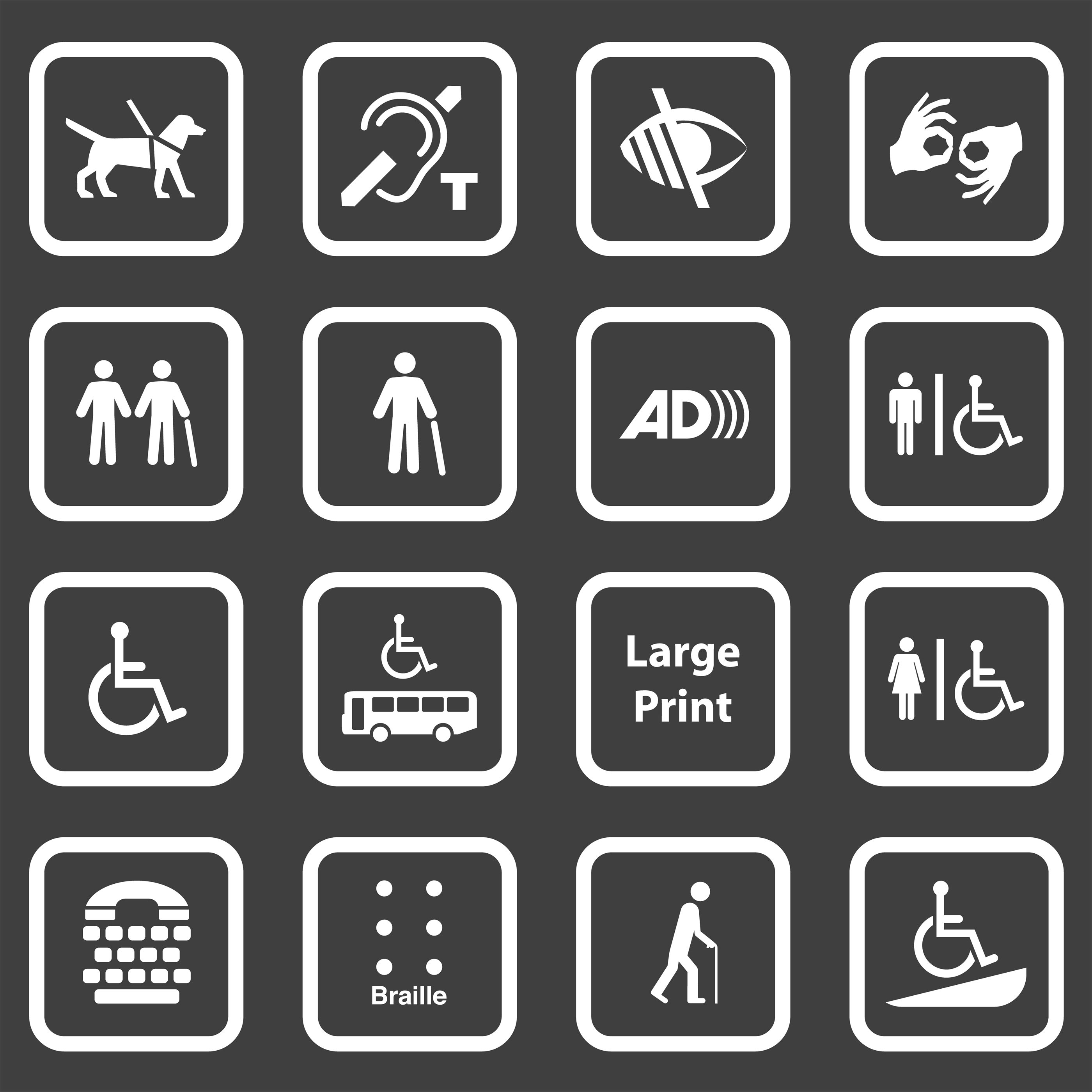Definition of Disability and Being Alert to Barriers
Did you know that 1 in 7 people in Ontario have a disability? And that number is expected to increase as the population ages, as will the need for accessibility.
Who are people with disabilities?
When we think of disabilities, we tend to think of people who use wheelchairs and who have physical disabilities that are visible and obvious. But disabilities can also be non-visible. We can’t always tell who has a disability. A disability can be temporary or permanent, and many of us will experience a disability at some point in our lives.
The Accessibility for Ontarians with Disabilities Act, 2005 uses the same definition of disability as the Ontario Human Rights Code, which includes physical disabilities as well as vision, hearing, speech, developmental, learning and mental health disabilities.
Be alert to barriers to accessibility
Some people see disabilities as the barrier, but actually it’s the environment that presents barriers.
When you think about accessibility, it’s important to be aware of both visible and non-visible barriers. For example, physical or structural barriers, such as stairs or doorways, often come to mind first. But sometimes a certain process or policy can create barriers unintentionally. Or providing information in a format that may not be accessible to everyone can create a barrier.
Attitudinal barriers stem from the way people think or behave. They can be based on stereotypes or simply lack of understanding. But attitude and how we do things are within our power to change.


